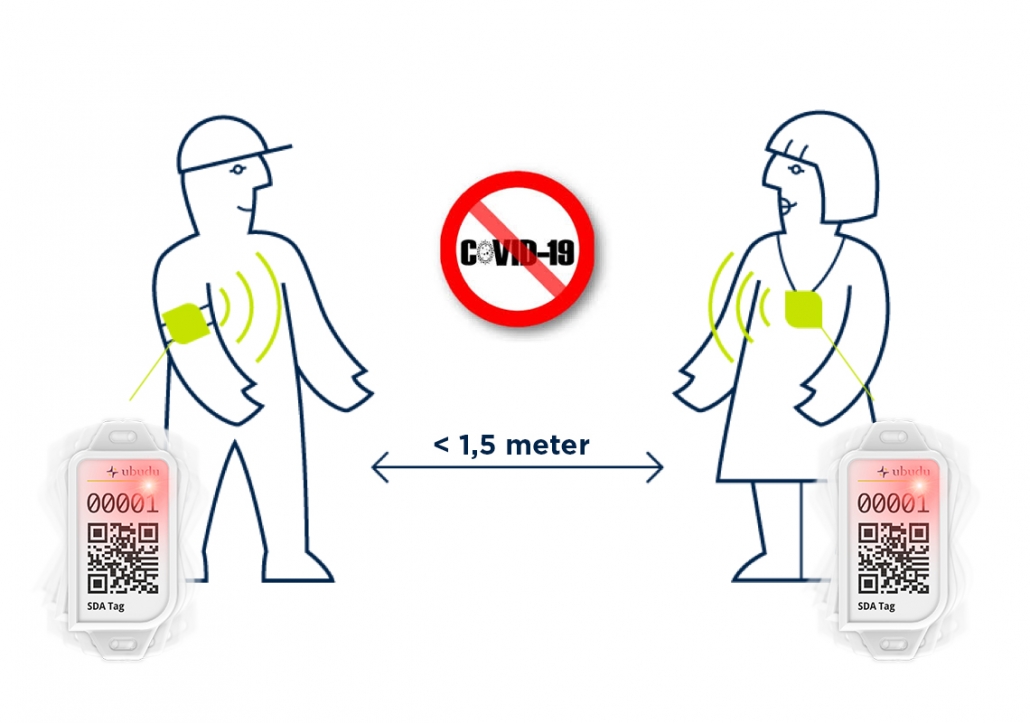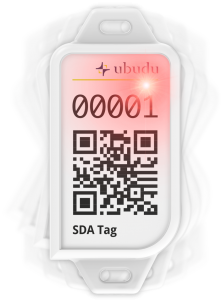As of today, the Netherlands is in a hard lockdown. The Dutch Newspaper AD: “For a long time a hard lockdown was something for other countries, we did it ‘intelligently’ or ‘partially’. But now the cabinet takes the big hammer and the Netherlands is almost completely locked up for a month. Where did it go wrong?
The AD mentions 4 reasons:
- Behavior: the pure fear is gone
- Schools: ‘children perhaps underestimated
- Seasonal effect: ‘Definitely plays along’.
- Policy: ‘Too slow, too late
Social Distance
The article mentions that in the beginning of the year many people stayed at home. Because of fear of getting corona themselves. Now it turns out that not everyone with covid-19 immediately comes to the ICU, this fear has disappeared. In addition, people are stretched to comply with the rules of conduct.
People stay at home much often: they travel and shop more and are more often physcial at work. At the same time, social distance is not always taken into account: in addition to staying at home as much as possible, maintaining the social distance remains one of the main ways to prevent the spread of covid.
Another reason is that the spread of Covid among children, especially those between the ages of 12 and 18, is underestimated. 8.5% of the last week’s traceable sources of infection could be traced back to school or child care. In addition, it is difficult to get a grip on the spread among young people: most of them have no or only mild symptoms. As a result, they can spread corona within the family and further, which in turn can infect vulnerable groups such as the elderly.
Seasonal effect
The article: “Weather and climate play a role, says Osterhaus, even if he doesn’t dare hang a weight on it. “The combination of temperature, UV light and humidity counts, I’m sure. What’s more, we’re more indoors when it’s cold and we’re more likely to cough at each other. But we don’t know yet how big the seasonal effect is. The fact is that even in warm countries this virus still causes problems”.
Policy too slow?
“Osterhaus has been saying it for months, ic figurehead Diederik Gommers also argued last weekend: the government must react more quickly to the curve of the virus. That means intervening harder when numbers increase, but also more flexibly when the corona slows down a bit”.
We don’t dare saying whether the policy was too slow. Still: if the Dutch had kept the measures at home as much as possible and maintained social distance, there would probably have been no need for lockdown.
Advanced Solutions Netherlands helps to maintain social distance at work, public buildings and schools. Especially in situations where the social distance is sometimes forgotten, a covid buzzer can help. In addition, the Covid Airmex has been developed: a device that checks whether the temperature, humidity, volatiles and co2 are optimal to prevent the spread of the covid virus as much as possible.


